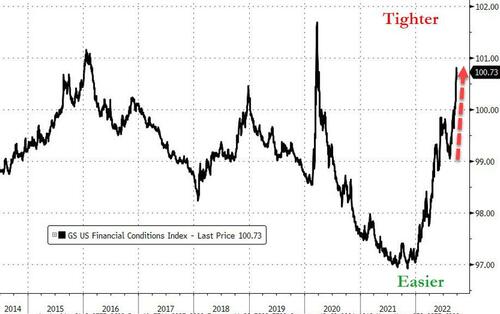
Legislation was introduced this week in Congress that would bring independent oversight to the beleaguered federal prison system.
Sen. Jon Ossoff (D–Ga.), Sen. Mike Braun (R–Ind.), and Senate Majority Whip Dick Durbin (D–Ill.) introduced the Federal Prison Oversight Act on Wednesday. The bill would require the Department of Justice’s Inspector General to conduct detailed inspections of each of the Bureau of Prisons’ 122 facilities and, more significantly, create an independent Justice Department ombudsman to investigate complaints.
The legislation comes on the heels of a bipartisan investigation by the Senate Permanent Subcommittee on Investigations into widespread corruption and abuse at a federal prison complex in Atlanta. Congressional investigators found that senior leadership at both the complex and the Bureau of Prisons (BOP) had been aware of the problems for years but failed to act.
“My 10-month bipartisan investigation of corruption, abuse, and misconduct in the Federal prison system revealed an urgent need to overhaul federal prison oversight,” Ossoff said in a press release. “I am bringing Democrats and Republicans together to crack down on corruption, strengthen public safety, and protect civil rights.”
The federal prison system has been in a state of turmoil for several years now, racked by chronic staff shortages, embarrassing lapses in safety and security—such as the in-custody deaths of disgraced financier Jeffrey Epstein and Boston mobster Whitey Bulger—and a cover-up culture that shields misbehaving officials from consequences and retaliates against whistleblowers.
In February, an investigation by the Associated Press into FCI Dublin, a federal women’s prison in California, found “a permissive and toxic culture at the Bay Area lockup, enabling years of sexual misconduct by predatory employees and cover-ups that have largely kept the abuse out of the public eye.”
Reason reported in 2020 on allegations of three cases of fatal medical neglect at FCI Aliceville, a federal women’s prison in Alabama. The daughters of one woman who died in Aliceville, Hazel McGary, said they had been calling the prison for months trying to get help for their increasingly sick mother.
“They ain’t do nothing,” Kentiesha Kimble told Reason. “They laughed at her. They said she was faking. They told us she was too young to be having a heart attack.”
The Biden administration recently tapped Colette Peters, the former head of the Oregon prison system, to take over leadership of the BOP from outgoing director Michael Carvajal, who faced bipartisan criticism for his refusal to acknowledge the serious problems within his agency.
“These individuals in our care have the right to feel safe when they are incarcerated with us,” Peters told the Associated Press this week. “So we’re going to do everything we can to ensure their safety.”
But civil liberties and prison advocacy groups say an independent ombudsman would add a layer of oversight that has been sorely lacking at the BOP, which has long been a black box of information.
“It’s been said that sunlight is the best disinfectant—and yet our prisons are the darkest places in the nation,” said Families Against Mandatory Minimums President Kevin Ring. “With no meaningful oversight, incarcerated people and correctional officers are not safe, and our elected leaders are not even aware of the problems that need to be fixed. Families with incarcerated loved ones for years have been calling for greater transparency, safety, and accountability from our federal prisons. The bipartisan bill introduced today answers their calls.”
A companion bill to the Federal Prison Oversight Act has been introduced in the House by Reps. Kelly Armstrong (R–N.D.) and Lucy McBath (D–Ga.).
The post Bill Introduced To Bring Independent Oversight to Federal Prison System appeared first on Reason.com.
from Latest https://ift.tt/WAoKxUt
via IFTTT








